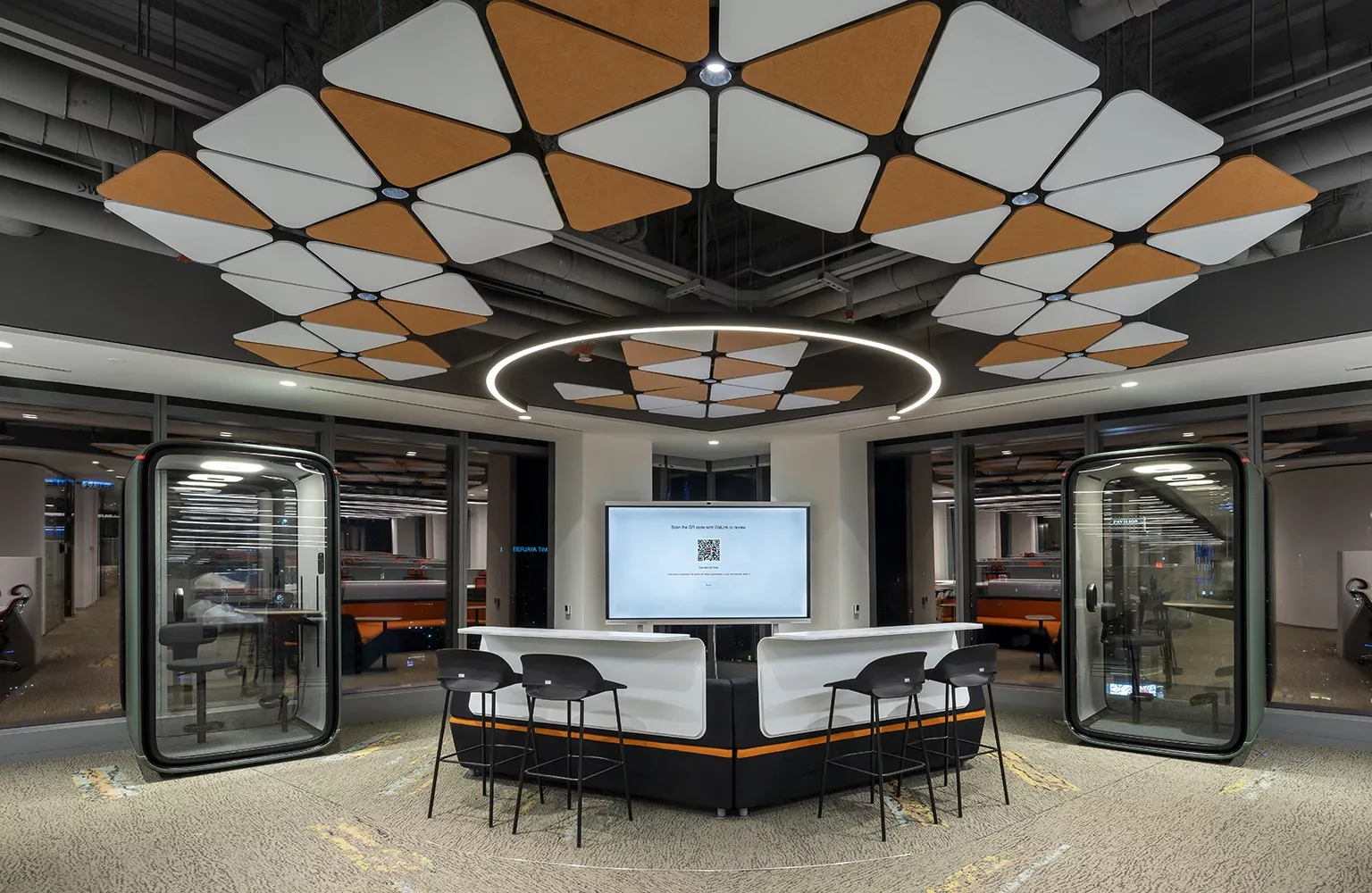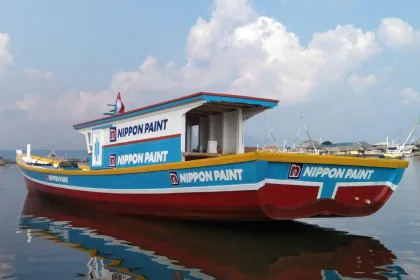Founded by two British architects in 1994, HL Design Group has grown impressively from its inception into a dynamic, multi-disciplinary team of over 60 professionals practicing architecture, interior design, and environmental signage and graphics. We learn more with Director, Martin Haeger.
DESIGNED WITH A DIFFERENCE
As a young architect working in Southeast Asia in the early 1990s, opportunities abounded, with many sectors of development still in their infancy. Since then, I have always felt a special excitement in creating something which is inspired by everything that you have seen before, but with your own unique approach to problem solving.”
The opening recollections of Martin Haeger, Director of HL Design Group (HLDG), perfectly encapsulate the past three decades in construction across this burgeoning region, which has also witnessed phenomenal growth in retail, residential, and mixed-use developments.
“Despite having experienced three major booms and recessions over this period, our specific exposure both in Malaysia and the South Pacific has seen massive growth on a scale incomparable with our European counterparts,” he lays out.
Entire public transportation systems, highway infrastructure, and mega projects such as the city of Putrajaya have been developed from scratch during this period of prosperity.
“As a result of the speculative enthusiasm of developers, certain sectors have become somewhat saturated, in particular the retail mall and commercial office space, which is now seeing significant saturation in the Klang Valley. However, in our view, Southeast Asia always remains resilient and continues to reinvent itself.”
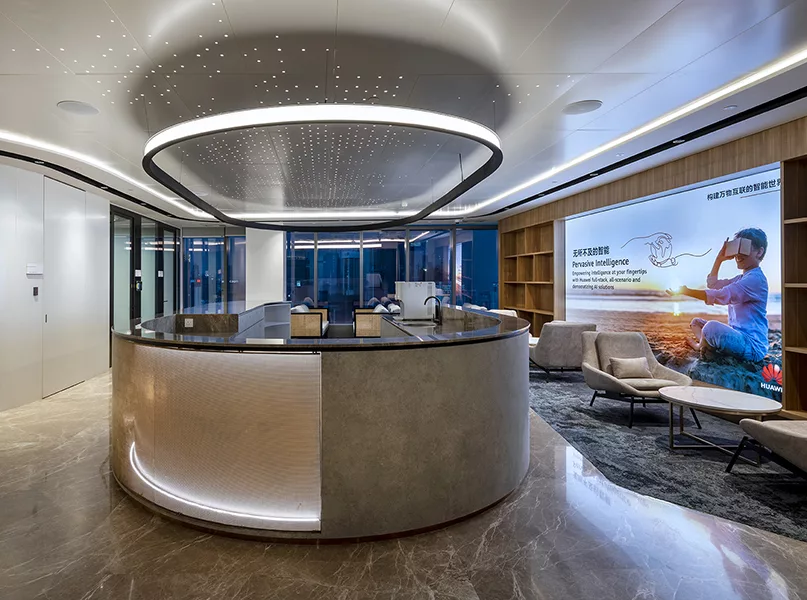
AMASSING INDUSTRY EXPERIENCE
Historically, HLDG has been predominately ingrained in retail and mixed-use developments. Over the past decade, however, it has successfully evolved to support aggressive growth in new areas such as healthcare, education, data centres, and high-rise residential.
Today, HLDG is an award-winning international design studio practicing master planning, architecture, interior design, and environmental signage. The group’s combined and diverse expertise has led to its involvement in a multitude of project typologies, ranging from retail, commercial, and residential, to urban regeneration and many more.
Since its formation in 1994, over the past three decades, HLDG has amassed an illustrious portfolio of work across Asia with projects in Malaysia, Thailand, Singapore, Philippines, Fiji, Cambodia, Myanmar, Vietnam, and China.
With the vast range of knowledge and experience it has garnered, the group has refined an intuitive and strategic approach to design over the years.
“Collaborating with ambitious and visionary clients, we develop designs that are conceptualised not just as buildings, but as integrated urban solutions that respond to the specific demands of climate, culture, and context,” Haeger excites.
Balancing creative vision with commercial viability, HLDG’s projects have proven to satisfy its clients’ expectations, strengthen communities, positively impact the urban realm, and provide long-term economic value.
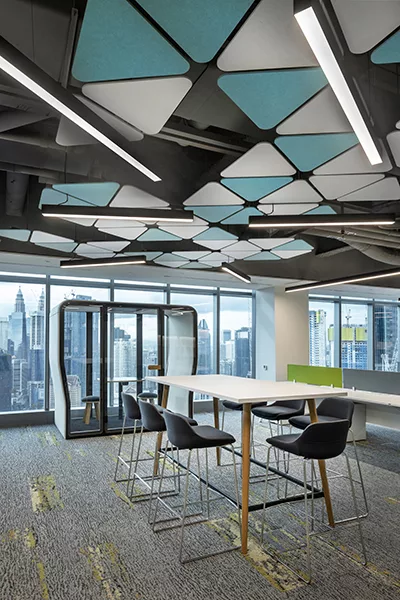
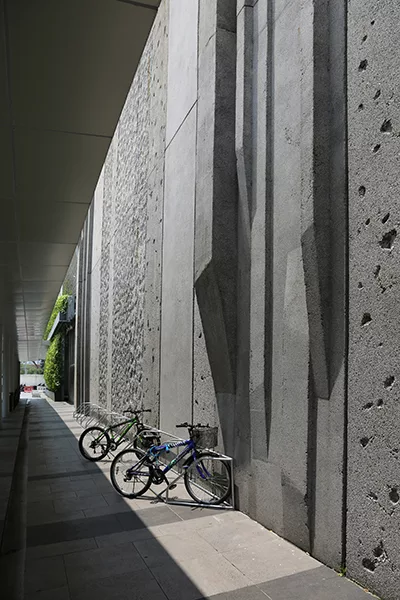
Drawing from its strong background in retail, the group has developed a firm understanding of public spaces. In this way, utilising a diverse group of staff from around the world, HLDG has successfully managed to create a dynamic, multi-disciplinary team made up of valued experience from Asia, Europe, and Australia.
“We service blue chip companies throughout Malaysia, Indochina, and the South Pacific, and have thus gained a reputation as trusted professionals in the industry with advanced technological skills. We draw on this expertise to create unique solutions for our clients within the context and understanding of our tropical Asian climate,” he gushes.
In HLDG’s core sector of retail, Melawati Mall was a landmark project, involving working together with Sime Darby Property and CapitaLand, two of the most prominent developers from Malaysia and Singapore, respectively.
More from APAC Outlook
The project won the FIABCI Gold award in the retail category and has quickly established itself as a premier mall in the area, serving the needs of its local community.
“I believe one of the key highlights of this project was the developer’s willingness to invest in its dynamic glass fibre reinforced concrete (GFRC) façade. The mall sits against the dramatic backdrop of the Quartz Ridge of Bukit Tabur, which served as inspiration,” Haeger recalls.
“By combining unique, three-dimensional forms and textures, and introducing vertical green living walls, the building manages to integrate itself within the traditional shop house landscape despite its massive form,” he divulges.
A UNIQUE SERVICE
After 30 years in Malaysia, HLDG and its architectural subsidiary, HL Architecture, now hold a unique position in the market.
“What differentiates us is that we encourage and celebrate the individual talents that every team member possesses. We acknowledge that every project is a result of the combined effort of our team,” Haeger confirms.
Every individual at HLDG brings distinct skills to the table and projects to life under the guidance and influence of the group’s founders.
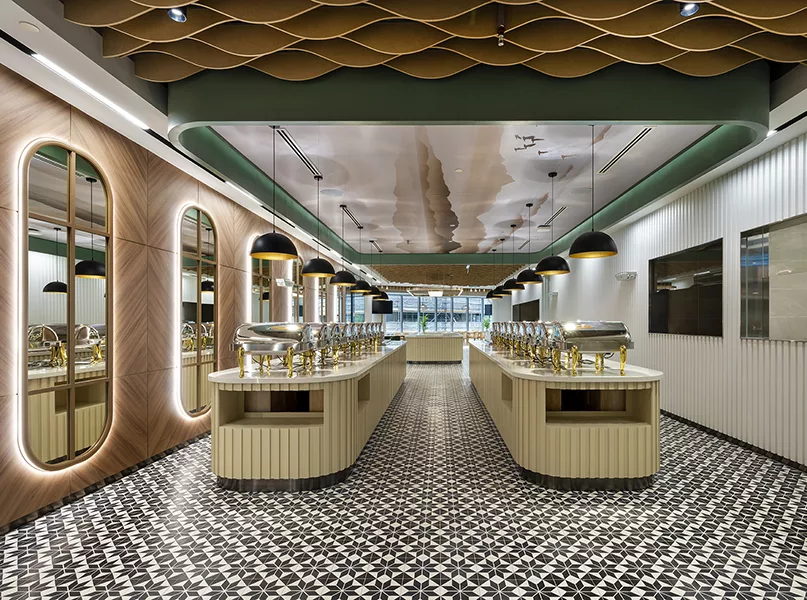
“In terms of technology, we have also embraced building information modelling (BIM) and operated the REVIT LOD 350 design system for more than a decade. All of our architectural projects are designed from inception to completion using BIM, and as we embrace like-minded consultants in the industry, we offer comprehensive co-ordinated services,” he continues.
A further key point that continues to differentiate HLDG from its competitors is the level of autonomy and trust that the group places in its people, as it recognises that they work better as part of a team than as individuals. This is alongside the belief that whilst every employee has specific core expertise, the collective strength of each of its teams empowers them to be even stronger.
“We are proud to have a diverse and inclusive staff base at HLDG comprising over 60 team members, more than 50 percent of which have been with us more than 10 years and a further 25 percent for more than 15 years. This is testament to the strength and collaboration that is part of our office culture.”
HLDG equally relies on its core support teams in admin, accounts, HR, IT, and resource management, who all play vital roles in the ongoing success of the business.
RE-USE AND REJUVENATE
This year, HLDG proudly celebrates its 30th anniversary.
“This is a proud achievement for us, and unlike many industries, we can reminisce with living examples of our works for generations for come,” Haeger notes.
“There is an intense sense of responsibility in this work, and as we look ahead, our priority is always to contribute positively to the cities in which we work, minimise our impact on the environment, and develop responsibly by giving accurate and realistic advice to our clients,” he adds.
As a result of HLDG’s extensive experience, the group is fortunate to continue to be invited to participate in a vast array of projects.
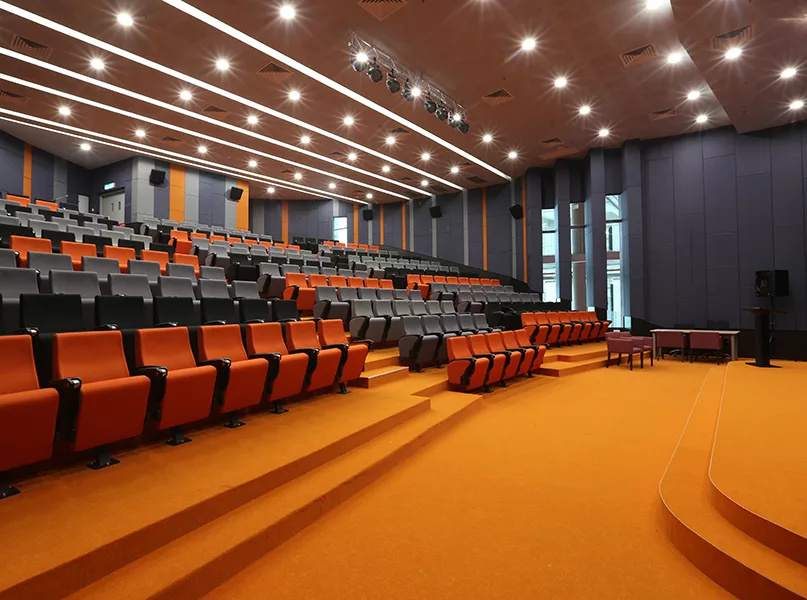
One exciting recent engagement was the conversion of the International School of Kuala Lumpur (ISKL) campus into a sports, entertainment, performing arts, and retail enclave, bringing to life the original vernacular buildings which were vacated almost a decade ago.
HLDG has also recently been engaged by Khazanah, the sovereign wealth fund of the Malaysian government, to refurbish the Carcosa Seri Negara, a historical landmark constructed in 1913 as a guest house for royalty and other dignitaries.
A grand and opulent building, Carcosa Seri Negara was also the official residence for the visit of Queen Elizabeth II prior to the 1989 Commonwealth Heads of Government Meeting.
“Projects such as these, which preserve heritage and give a new lease of life to historical buildings, are certainly inspiring,” Haeger voices.
“Beyond this, we continue to enjoy working with our clients across all categories as we endeavour to expand our knowledge of efficiency in design, technology, and materiality, which will allow us to provide better, more adaptive, and more sustainable architectural solutions for the next generation,” he concludes.



